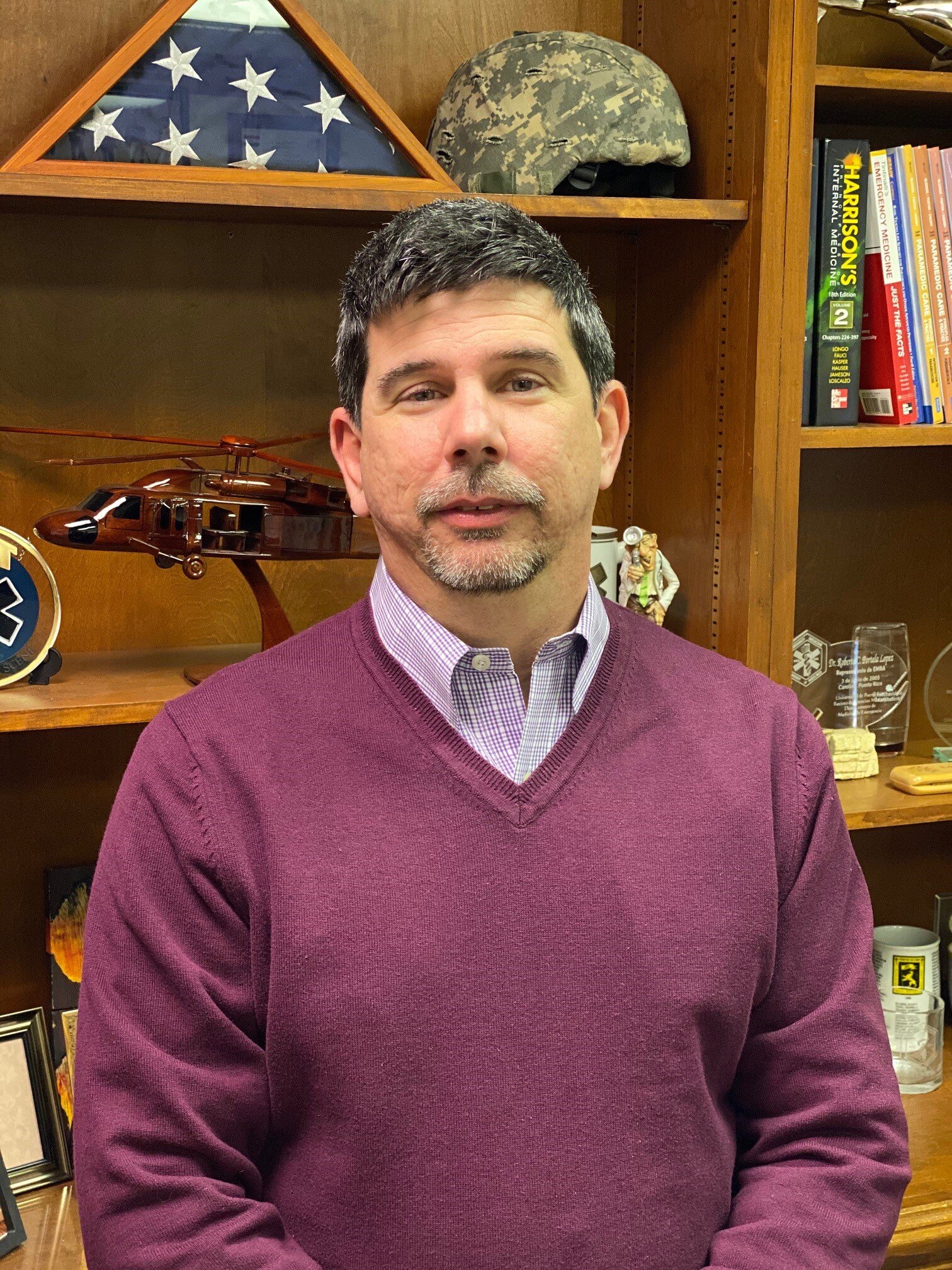AEM Early Access 37: Application of Different Commercial Tourniquets by Laypersons: Would Public Access Tourniquets Work Without Training?
Welcome to the thirty-seventh episode of AEM Early Access, a FOAMed podcast collaboration between the Academic Emergency Medicine Journal and Brown Emergency Medicine. Each month, we'll give you digital open access to an recent AEM Article or Article in Press, with an author interview podcast and suggested supportive educational materials for EM learners.
Find this podcast series on iTunes here.
DISCUSSING (CLICK ON TITLE FOR FULL TEXT, OPEN ACCESS THROUGH APRIL 30):
Application of Different Commercial Tourniquets by Laypersons: Would Public Access Tourniquets Work Without Training? Roberto C. Portela MD, Stephen E. Taylor MHS, Cameron S. Sherrill MD, Whitman S. Dowlen MD, Juan March MD, Bryan Kitch MD, Kori Brewer PhD
LISTEN NOW: INTERVIEW WITH FIRST AUTHOR ROBERTO PORTELA, MD
Roberto C. Portela, MD, FACEP, FAEMS
Pitt County EMS Medical Director Program Director
EMS Fellowship Clinical Assistant Professor
Department of Emergency Medicine
Abstract
Background: The White House “Stop the Bleed” campaign has renewed interest in public‐access bleeding kits and the use of tourniquets by the lay public. The objective of this study was to determine which type of tourniquet could be applied most effectively by the lay public using only manufacturer instructions included with each tourniquet.
Methods: This prospective study randomized participants to one of four different tourniquets (SOFTT‐W, CAT, RMT, SWAT‐T). Participants were all over 18 years of age. Individuals with prior military, EMS, or patient‐care medical experience were excluded. Using only the manufacturer's packaging instructions, participants were asked to apply a tourniquet on a simulated bleeding arm. A trained observer noted if tourniquet application by the participant was effective, partially effective, or ineffective based on reduction or cessation of simulated blood flow. Participant's application of the tourniquet was also timed (in seconds) by the observer. The primary outcome of our study was the effectiveness of application for each of the four tourniquets. Secondary outcome was time to effective application.
Results: A total of 176 participants were enrolled. For untrained laypersons the RMT had the highest effective application rate of 64.4% and was also the most rapidly applied at 100.9 ± 8.8 seconds (95% confidence interval [CI] = 83.1 to 118.6). The SWAT‐T had the highest ineffective application rate (55.5%) than any other tourniquet type (p = 0.002). There was no effect of age or education on time to application for any tourniquet type. Effective applications were performed significantly faster than partially effective or ineffective applications (93.4 ± 5.8 [95% CI = 81.7 to 104.9] vs. 136.7 ± 8.7 [95% CI = 118.8 to 154.7] vs. 151.9 ± 8.3 [95% CI = 135.2 to 168.6]; p ≤ 0.001). There was no difference in time between partial and ineffective applications (p = 0.261).
Conclusions: Our study suggests that laypersons could benefit from prior training to effectively apply tourniquets in emergency situations. Of the tourniquets studied, the RMT was the most effectively and most rapidly applied.

